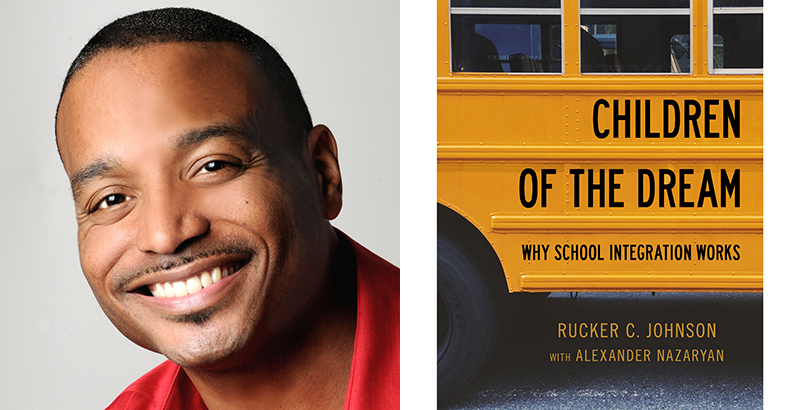Johnson City Press: On charters, proof is in the percentages
On charters, proof is in the percentages
BILL SMITH, COMMUNITY VOICES • JUN 1, 2019 AT 8:00 AM
In recent years Republicans in Nashville have actively promoted school privatization through charter schools and vouchers. Tennessee’s first charter schools opened in 2003, and the numbers have grown slowly but steadily.
Vouchers are not yet in effect, but the House and Senate recently passed Gov. Bill Lee’s voucher bill, and it is awaiting his signature. In the process of promoting the bill, local representative Matthew Hill amended it to limit its impact to Memphis, Nashville, Knoxville and Chattanooga, explaining he wanted to be sure his schools and teachers would be “held harmless” from the law’s effects. Jason Zachary provided the tie-breaking vote in the House only after receiving a promise that citizens in his Knoxville district would also be “held harmless.” In the end, the final version of the bill applies only to Nashville and Memphis.
We’re kidding ourselves if we think charters and vouchers can never come to our region, and we now have further evidence why we need to keep that from happening.
The Network for Public Education recently released a study of the federal Department of Education’s spending on startup funding for charter schools. The researchers found that the Charter Schools Program awarded roughly $1 billion between 2006 and 2014 to “charter schools that never opened or opened for only brief periods before being shut down for mismanagement, poor performance, lack of enrollment, and fraud.”
The data on these defunct charter schools are eye opening. For example, the CSP granted $20,272,078 from 2006 to 2014 to 109 charters that never opened or are now closed (out of a total of 250 approved charters) in secretary of education Betsy DeVos’ home state of Michigan. Despite this 42 percent failure rate, DeVos granted Michigan an additional $42,222,222 for new charters in 2018.
Florida, California, Ohio, and Louisiana had failure rates of 36, 38, 40, and 46 percent respectively in the years examined. Taxpayer dollars squandered by charter operators were in the tens of millions in each of these states and over $100 million in California alone.
When DeVos was questioned about this report in a Congressional hearing, she responded, “You’re always going to have schools that don’t make it.” Then she argued for the establishment of more charters and asked Congress to increase CSP’s annual funding to $500 million.
DeVos might have said that most of this waste occurred on her predecessor’s watch (it did) and that she would attempt to correct the problems (she didn’t). Instead she doubled down and gave no indication that she would work to prevent behavior that, at best, indicates a weak screening process, and, at worst, suggests complicity with scammers.
Having begun my educational career in 1974, I’ve been listening to CONTINUE READING:











